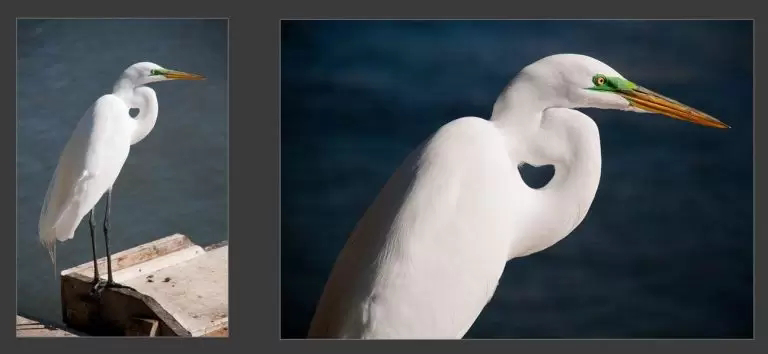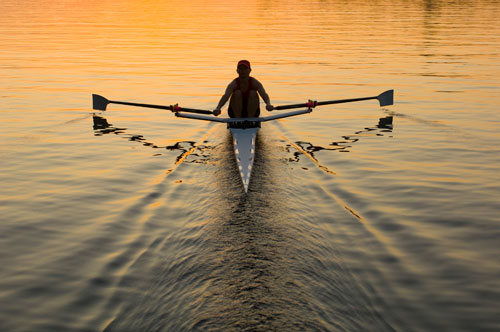FRAMES
Hi y'all. These blogs are about "how to capture pics in a different perspective than usual ", "how to edit them in according with our moods", "particularly how to make them better". Especially composition is everything to a photograph. And composition consists of many sub-parts. Well we can't learn them all at once, so let's take one step at a time. With that being said, let's start our baby steps into the topic. Today's topic is about FRAMES.
Well, this is the part we often overlook or doesn't even consider while taking pictures or editing them. Most of us are neglecting the importance of frames that is associated with the photograph. While shooting with smartphones or with cameras, we often view world within that rectangle frame/square frame of the camera. We focus all our attention towards objects that lie within in that rectangle frame and try to align objects (or) change our position, to get a good picture. Generally, our frames will become important to us when our picture contains horizontal, vertical or diagonal lines and when we try to align them properly.
When we wish to shoot a scenery which contains a lot of information/beauty, choosing landscape is the best way. Because sceneries tend to be horizontal.
Humans have binocular vision, that means, we generally tend to see the world in a rectangular fashion(not always in all situations). The horizontal view generally gives us a feeling of more field of view, thus giving a feeling of much to look. To understand this more clearly, we have to take a sneak peek into the binocular vision of humans.
As you can see, that 40-60 degrees is the sweet spot. That means, we like to view the images that gives us that horizontal perception.
Well, this doesn't mean that all our images should be in the horizontal fashion, depending on the context of the photograph we can change our style.
When we want to show more field/area landscape would be a great option.
However, when we are dealing with the depths, like literally depths, portrait is the great option.
As you can see in the above landscape and portrait pictures, landscape allows you to look around, while portrait allows you to look up and down. In the portrait shot, we can perceive the depth very clearly. When we shoot humans or single figures/objects such as a hill, a single pole, etc., portrait frame is the one we should take. Because humans tend to be vertical.
You see, this is well photographed with a correct portrait frame. Imagine this in a landscape frame, it doesn't look as attractive as portrait.
When you look closely this blog, I highlighted the points that "sceneries tend to be", "humans tend to be". See "tend to be" is the key. You see, our trails for making things look different by making frames different is not a bad one, but we succeed in 1 out of 100 trails. So we better keep the frame according to the situation, in which they generally "tend to be".
TAKEAWAY NOTES :
- Humans have binocular vision and generally tend to see in a horizontal frame fashion.
- Sceneries, environment, etc. fits well in landscape frame.
- Single objects(a single man, pole, hill, etc.) fits well in portrait frame.
NEXT-UP :
- Frame Dynamics(where to place OBJECT. Is background necessary or not?. OPTIMAL positions of elements in a photograph, etc.)
Have a GOOD DAY! Keep SMILIMG😄






Comments
Post a Comment